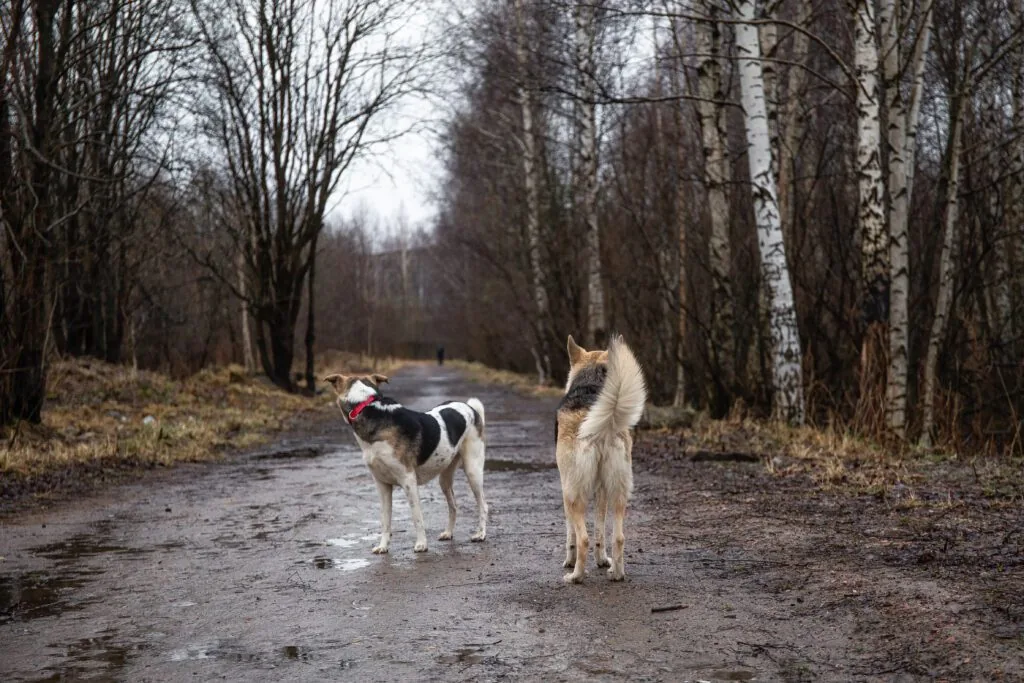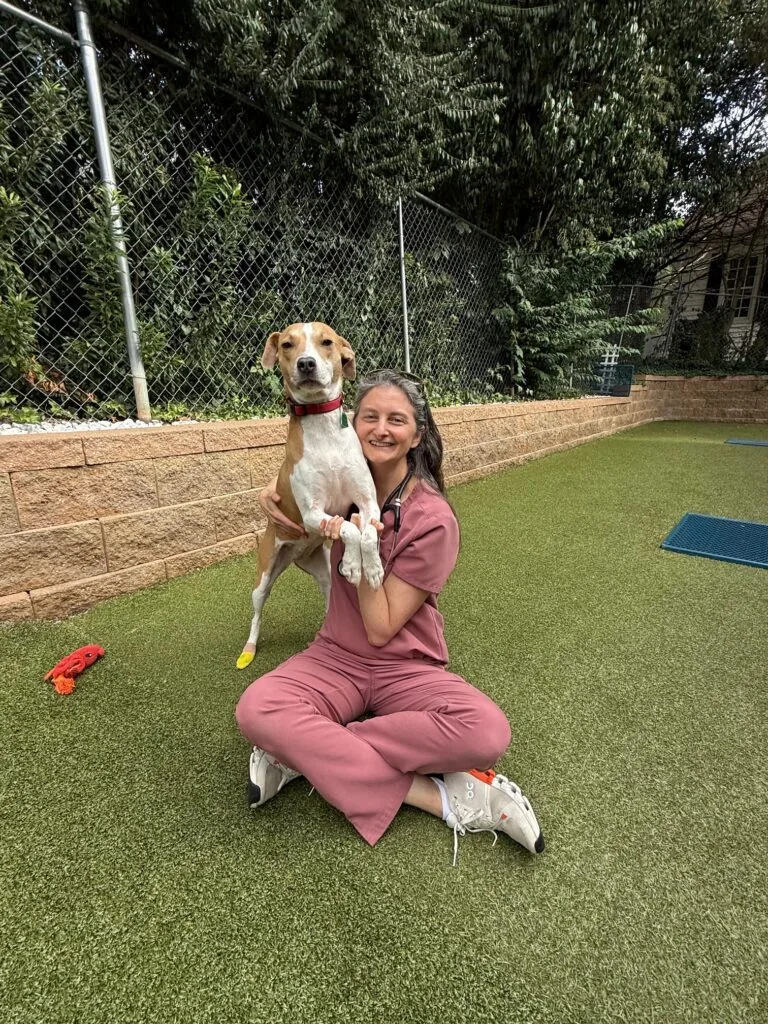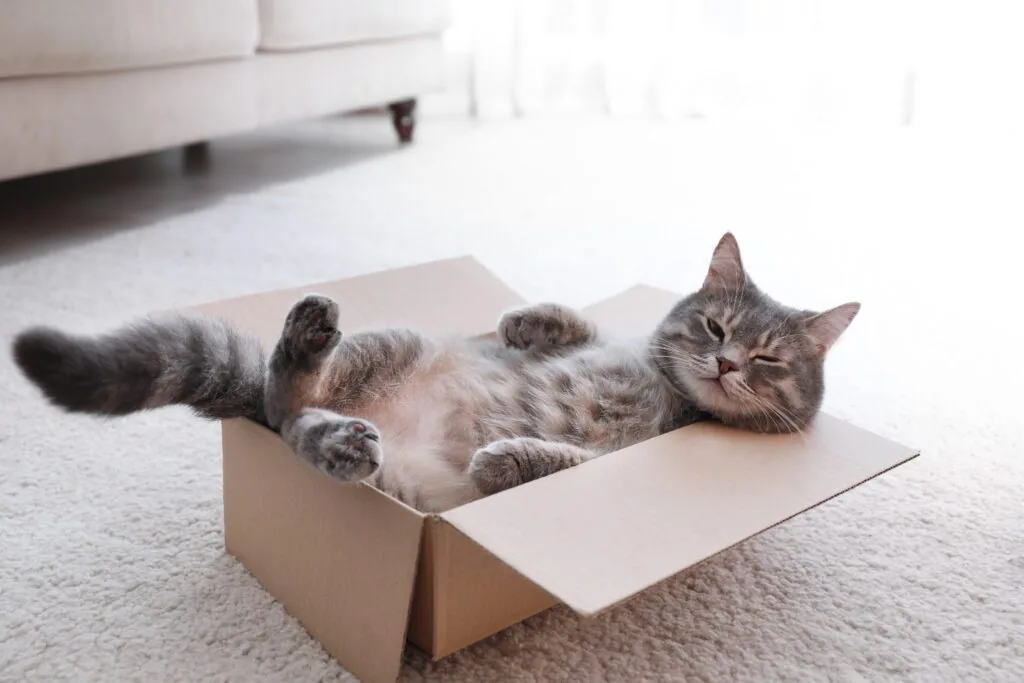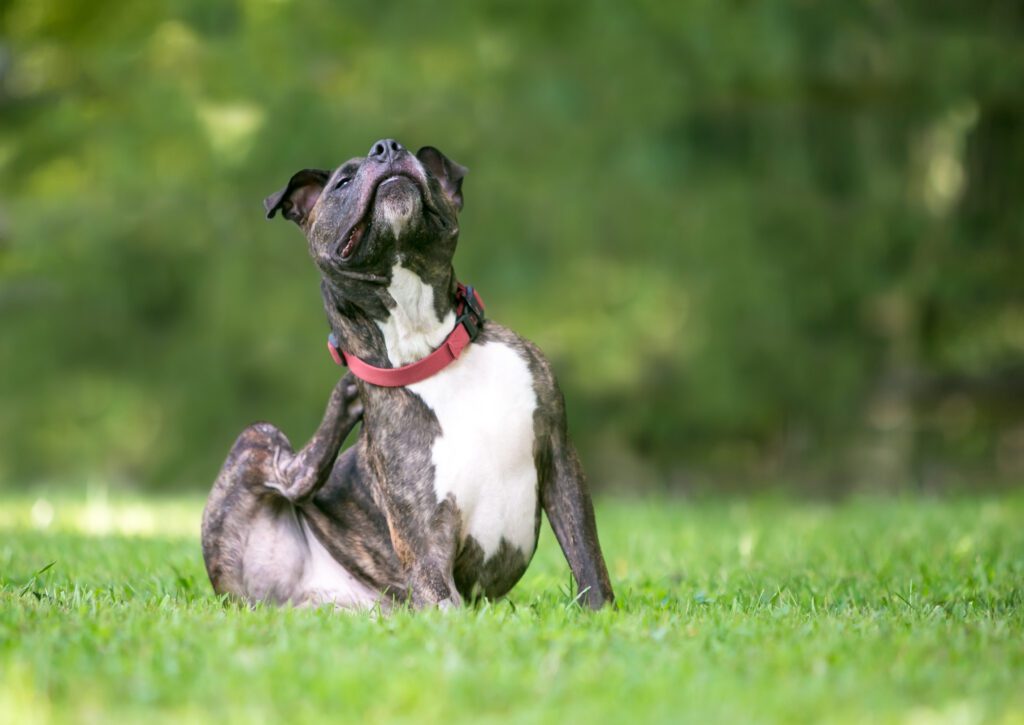Cat Gingivitis: Symptoms, Causes, and Treatment
Your cat’s mouth plays a crucial role in their overall health, and when issues like cat gingivitis arise, it can lead to significant discomfort and complications. Gingivitis is one of the most common dental conditions in cats, affecting the gums and causing inflammation, redness, and pain. Left untreated, it can progress into more severe dental diseases, potentially impacting your cat’s ability to eat and their overall well-being. If you suspect your cat is experiencing gingivitis, Bowman Animal Hospital and Cat Clinic in Raleigh, NC, can help. Call us today at (919) 847-6216 to schedule an evaluation with our experienced veterinary team.
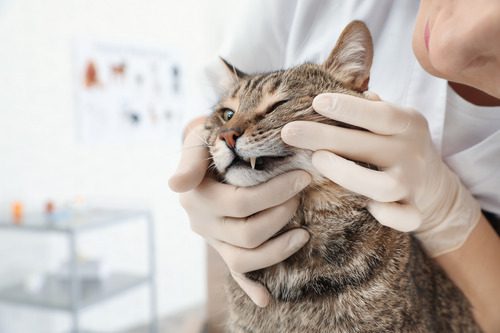
What Does Cat Gingivitis Look Like?
Gingivitis in cats is often subtle at first, but as the condition worsens, symptoms become more noticeable. Being aware of these early signs can help you address the problem before it leads to severe oral health complications.
- Red, swollen gums – The most apparent symptom of cat gingivitis is gum inflammation, which often appears as a deep red or bright pink color along the gum line.
- Bad breath – Persistent foul-smelling breath can indicate gingivitis, as bacteria build up in the mouth.
- Drooling – Cats with inflamed gums may drool excessively due to discomfort.
- Difficulty eating – You may notice your cat eating more slowly, dropping food, or preferring soft food over kibble.
- Pawing at the mouth – Cats experiencing pain from gingivitis often paw at their mouths in an attempt to relieve discomfort.
- Bleeding gums – If your cat’s gums bleed when they eat or when you inspect their mouth, it could be a sign of advanced gingivitis.
If your cat exhibits any of these symptoms, a veterinary evaluation is essential. Call Bowman Animal Hospital and Cat Clinic at (919) 847-6216 to schedule an appointment.
What Causes Cat Gingivitis? Understanding the Root of the Problem
Gingivitis in cats develops due to inflammation of the gums, often caused by plaque and bacteria buildup. However, other factors can contribute to this condition.
Poor Dental Hygiene
Just like humans, cats require regular dental care to maintain healthy gums and teeth. Without routine dental cleanings, plaque accumulates along the gum line, hardens into tartar, and leads to inflammation.
Diet and Nutrition
Cats that consume a diet primarily made up of soft or wet food may be more susceptible to gingivitis. Unlike dry kibble, which can help remove plaque, wet food allows bacteria to build up more quickly on the teeth.
Underlying Health Conditions
Certain medical conditions can increase the risk of gingivitis in cats. Feline immunodeficiency virus (FIV), feline leukemia virus (FeLV), and diabetes can weaken the immune system and make a cat more susceptible to gum disease.
Genetics and Breed Predisposition
Some cat breeds are more prone to dental issues than others. Persians and Siamese cats, for example, have a higher risk of developing gingivitis due to their genetic makeup and jaw structure.
Age-Related Changes
As cats age, their immune systems weaken, and their ability to combat infections—including gum disease—declines. Senior cats are more likely to develop gingivitis and other dental problems.
How Is Cat Gingivitis Diagnosed and Treated?
Cat gingivitis is diagnosed through a thorough oral examination and, in some cases, dental X-rays to assess the extent of gum inflammation and potential underlying issues. Once diagnosed, the appropriate treatment plan depends on the severity of the condition.
Professional Dental Cleaning
A professional dental cleaning is often the first step in treating cat gingivitis. This procedure is performed under anesthesia and involves:
- Removing plaque and tartar buildup
- Full mouth radiographs to assess for undetected dental problems such as tooth root
infections, abscess, oral masses, or bone loss - Polishing the teeth to reduce future plaque accumulation
- Checking for loose or damaged teeth
- Examining the gums for deeper infections or periodontal disease
Why Do Pets Need Dental Radiographs?
Approximately two-thirds of the tooth structure is concealed beneath the gum line and cannot be seen by simply inspecting your pet’s mouth. Dental radiographs provide a clear view under the gum line, allowing for an accurate evaluation of your pet’s dental health.
Together with the physical oral examination, dental radiographs give veterinarians a comprehensive insight into your pet’s oral condition. This complete assessment helps identify any issues and formulate tailored recommendations to maintain and enhance your pet’s dental health, which is vital for their longevity and quality of life.
Exploring Below the Surface
Dental radiographs are invaluable for detecting hidden problems below the gum line, even if the oral examination appears normal. Such issues might include:
- Retained tooth roots
- Unerupted teeth
- Teeth with abscesses
- Bone cysts from diseased teeth
- Bone degradation around tooth roots
Radiographs are also crucial when abnormalities are noted during the oral examination. They allow veterinarians to determine the severity of conditions like tooth fractures, the extent of bone loss, or bone involvement in oral masses.
The Importance of Pet X-Rays
You might question the necessity of conducting full-mouth radiographs during every dental cleaning. Oral examinations alone do not tell the full story of your pet’s oral health. A full series of dental X- rays ensures we provide the best care and outcomes for your pet’s dental and overall health. Since dental assessments require general anesthesia, it’s vital to maximize this opportunity to identify and treat any signs of oral disease early on. This proactive approach not only addresses immediate issues but also slows the progression of dental disease, reducing the frequency of future dental interventions.
Addressing Gum Disease
Dental tartar accumulates at the gum line in pets, fostering bacteria that can advance under the gums, causing inflammation, pain, and infection—known collectively as periodontal disease. This condition can lead to tooth loss and bone damage but is potentially reversible if caught and treated early. Regular dental radiographs are essential as they help catch such developments early, even if last year’s
examination showed no issues. By doing so, we can tackle any underlying damage not visible to the naked eye.
Much like their human counterparts, we recommend yearly dental radiographs for pets during each dental check-up to ensure a thorough assessment and maintain optimal oral health..
At-Home Dental Care Recommendations
To maintain oral health after professional cleaning, your veterinarian may recommend a combination of at-home care methods, such as:
- Brushing your cat’s teeth with pet-safe toothpaste to prevent plaque buildup.
- Using dental wipes or water additives to support gum health.
- Providing dental treats or special diets designed to reduce tartar accumulation.
Click here for recommended products from the Veterinary Oral Health Council.
Medications for Severe Cases
In cases where gingivitis is caused by bacterial infections or an underlying health condition, your veterinarian may prescribe antibiotics or anti-inflammatory medications to reduce gum swelling and discomfort.
Tooth Extractions for Advanced Gingivitis
If gingivitis progresses to severe periodontal disease, it can lead to loose or infected teeth. In these cases, your veterinarian may recommend tooth extractions to eliminate pain and prevent further complications. If your cat is diagnosed with gingivitis, prompt treatment can prevent the condition from worsening. Call Bowman Animal Hospital and Cat Clinic at (919) 847-6216 to discuss your pet’s dental care options.
Preventing Cat Gingivitis: Long-Term Dental Care Strategies
Preventing gingivitis in cats requires a proactive approach to dental care. Regular veterinary visits, at-home maintenance, and dietary choices all contribute to maintaining your cat’s oral health.
Regular Veterinary Checkups
Scheduling annual dental checkups helps detect early signs of gingivitis before they progress into severe dental disease. Your veterinarian can assess your cat’s gums, recommend cleanings, and provide tailored advice for dental care.
Daily or Weekly Brushing
Brushing your cat’s teeth with a veterinary-approved toothpaste can significantly reduce plaque buildup. If daily brushing isn’t possible, even brushing a few times a week can make a difference.
Dental Diets and Treats
Certain dry kibbles and dental treats are formulated to reduce plaque and tartar. Consult your veterinarian for recommendations on the best products for your cat’s oral health.
Water Additives and Oral Gels
Adding a dental water additive to your cat’s drinking water or using antibacterial oral gels can help prevent bacteria from accumulating on the teeth and gums. Preventing gingivitis is easier than treating it, and proactive care can keep your cat’s gums healthy for years to come.
Supporting Your Cat’s Dental Health for a Happier Life
Gingivitis is a common but preventable dental issue that can affect your cat’s overall well-being. By recognizing the symptoms, understanding the causes, and taking steps to maintain their oral health, you can help ensure a pain-free and comfortable life for your pet. Regular veterinary checkups, professional cleanings, and at-home dental care all play a role in preventing and managing cat gingivitis. If your cat is showing signs of gingivitis, contact Bowman Animal Hospital and Cat Clinic in Raleigh, NC, at (919) 847-6216 to schedule a dental evaluation. Your cat’s health and happiness start with a healthy mouth!
Recent Posts
Rainy Days and Ruff Joints – Why Your Dog Might Limp When the Weather Changes
Let’s talk about something I hear all the time (usually right around the first cold snap or…
“Do I Really need to Give My Pet Heartworm, Flea & Tick Prevention Year-Round?” – Yes, Yes You Do. Here’s Why
“Do I Really need to Give My Pet Heartworm, Flea & Tick Prevention Year-Round?” – Yes, Yes…
Pet Insurance 101: Is it right for your family?
Pet Insurance 101: Is it right for your family? If you’ve ever faced an unexpected vet bill,…
August is Itchy Pet Awareness Month! Let’s Talk About Pet Skin Health
August is Itchy Pet Awareness Month! Let’s Talk About Pet Skin Health Does your dog keep scratching…
Firework Safety & Anxiety Relief for Pets This Fourth Of July
Firework Safety & Anxiety Relief for Pets This Fourth of July The Fourth of July is a…
About Bowman Animal Hospital & Cat Clinic
Established in 1986 by Dr. Gale Bowman, Bowman Animal Hospital and Cat Clinic is dedicated solely to the health and well-being of our pet community. We are a team of compassionate veterinarians and pet lovers who invest our time and resources into providing the very best medical care to your pet.


